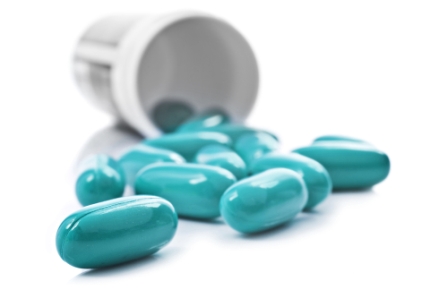A new study is one of the first to confirm what many of us have long surmised: government incentive payments appear to have jumpstarted the ePrescribing revolution and have been a major driver for ePrescribing adoption for a large proportion of office-based providers. The bottom line: money talks.
To be clear, the incentive payments in question are not the ones associated with meaningful use (MU). The study was based on incentives provided under the Medicare Improvements for Patients and Providers Act (MIPPA). MIPPA created graduated “carrots” (incentive payments) for providers who “wrote” a defined proportion of ePrescriptions 2009 and 2013. The Act also called for “sticks,” or penalties to Medicare Part B payments, for eligible professionals who didn’t meet ePrescribing volume targets for 2012 through 2014.

Image via Shutterstock
Using Surescripts data, the researchers looked at ePrescribing numbers and patterns before MIPPA's requirements kicked in and for a couple of years afterward. They found that as of December 2010, nearly 40 percent of active ePrescribers had adopted the technology in response to the MIPPA program. Among those who were already ePrescribing, the MIPPA incentives were apparently associated with a 9-11 percent increase in the use of ePrescriptions—equivalent to an additional 6.8-8.2 ePrescriptions per provider per month. Put another way, there were approximately 1,437 new ePrescribers per month among office-based prescribers for the 26 months pre-MIPPA. Post MIPPA, that number rose to 6,346 new ePrescribers monthly from 2008 to 2010, and prescription volume went up as well.
The researchers considered a number of factors, but concluded that nothing but the incentives and penalties could explain the rapid rise in ePrescribing that began in the second half of 2008, as MIPPA was about to kick in.
The researchers also surmised that the incentives were “very effective” for several reasons. First and foremost, they believe that the MIPPA program’s sliding scales for incentives and penalties provided higher returns on investment for early adopters. Indeed, many of us believe that incentives are effective for early adopters, along with innovators and the early majority. Penalties are likely to be effective for late adopters. It will be interesting to see if that’s borne out by the next round of research, which will look at the differing impacts of incentives compared with penalties.
However, the findings of this first study remind us that incentives aren’t enough, especially for the laggards. According to the latest Surescripts statistics, 69 percent of office-based professionals were ePrescribing by the end of 2012, but less than half of all prescriptions were being sent electronically. Those numbers could be expected to be higher by now—especially in the face of the MIPPA program, the additional incentive payments provided under MU, and the looming MU penalty phase. It also is possible that because the bars for MIPPA were set incredibly low, providers took the money, bought their systems, did the electronic minimum, and went dropped back to paper after that.
Kudos to Surescripts and the Office of the National Coordinator for conducting the study and the follow-up one regarding penalties. Findings from both efforts should be helpful to policymakers going forward, who need to better understand what really motivates providers to get on board with major policy shifts. And more research is needed to determine what we can do to effectively bring all of healthcare fully into the digital age.
Edited by
Alisen Downey